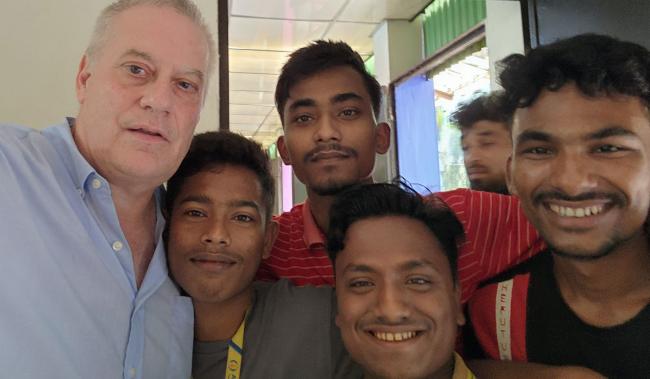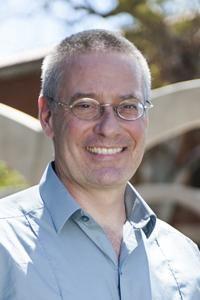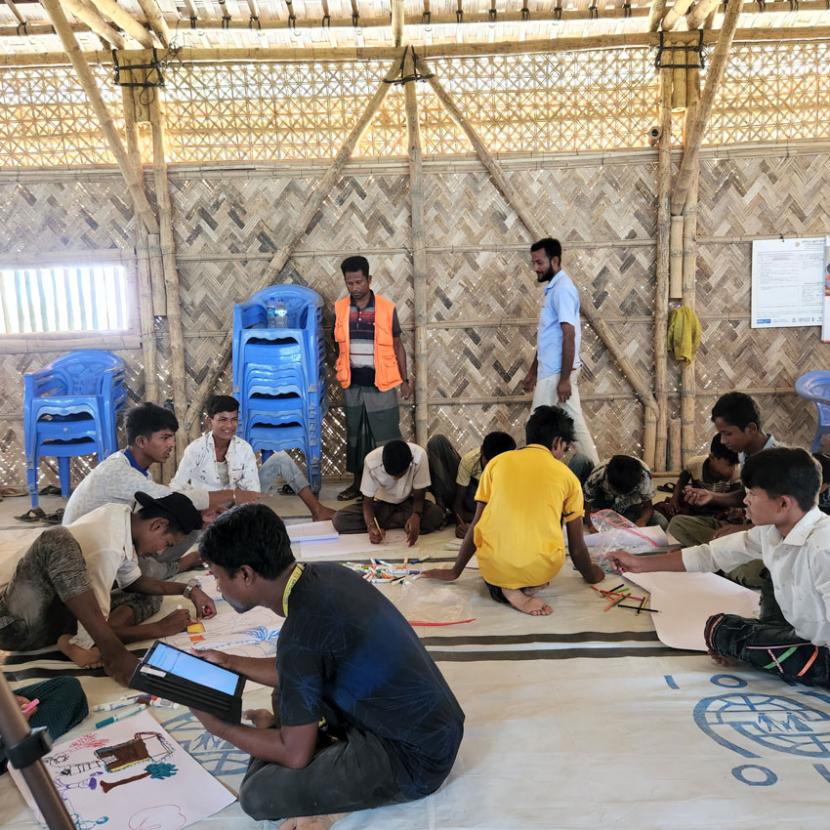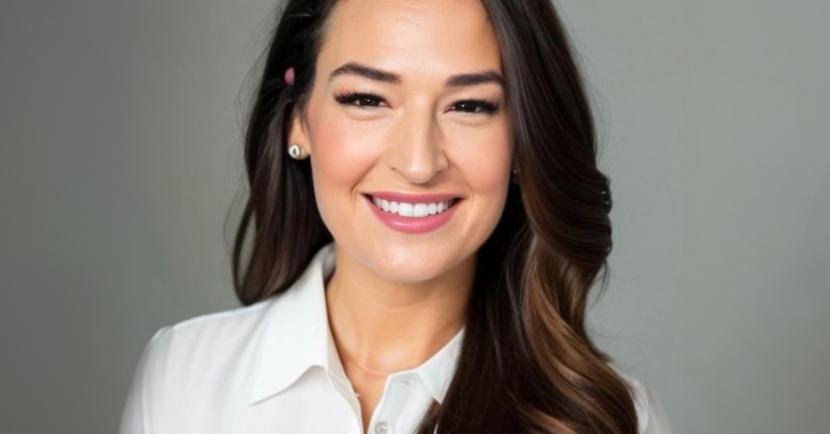
September 2022
Thinking Bigger in the Online Learning Space
The Arizona Online graduate students in Professor William Simmons’ classes have one thing in common: An interest in improving human rights. Outside of their studies, however, there are many differences – students are spread across countries and time zones, they have professional and personal obligations, and more.
William Paul Simmons, Ph.D., is a professor of Gender & Women's Studies and the director of the online Human Rights Practice graduate program at the University of Arizona.
Simmons spearheaded the online Human Rights graduate program at the University of Arizona almost five years ago. During this time, Simmons discovered that students don’t have to learn in person in order to grasp what he taught – in fact, the online environment provided even more opportunities for creative teaching.
Simmons has practiced and taught human rights for more than 30 years. Simmons is constantly learning about how best to teach in an online environment, and improving his classes based on the latest research.
Throughout his career, Simmons has been refining problem-based learning pedagogy. This means that students work to solve an open-ended problem and the problem drives the motivation and learning.
We choose present and pressing problems, not abstract case studies. Students are working to advance human rights for marginalized populations through their coursework.
"And they're not just doing it by themselves. They're doing it with the professor, the guest lecturers, and with other contributors and experts that we bring into the classes," says Simmons.

Professor William Simmons
Simmons’ students are often human rights workers who bring their own experiences and expertise into the classroom.
"They are all working on human rights issues already, either through activism or through their professional work. The knowledge and experience these students bring with them is invaluable."
Simmons adds that, in his experience, asynchronous classes, and tools like VoiceThread – which integrates students’ comments through audio, text, and video – give students who might not otherwise speak up the confidence to participate in class more often.
"Students are building relationships and a community. With asynchronicity, the class doesn’t have to end at a certain time. With a discussion board and VoiceThread, students can share anytime,” says Simmons.
For Simmons, his teaching, service, activism, and research all blend together. He makes it a point to involve his students in almost all his research projects. In turn, all his research projects connect with the Human Rights practice program and his teaching.
As Simmons has innovated classroom learning in person and online, he continues to find new ways to teach.
In the summer, Simmons took three online students from three different US states on a trip to perform interviews and surveys in Kutupalong, Bangladesh, the world's largest refugee camp.
While in Bangladesh, Simmons was also teaching an online graduate course called Human Rights Voices. Through VoiceThread, Simmons did daily recaps for his class, and for their part, they asked questions and made comments about the research that was taking place in Bangladesh. In this way, online students were following and contributing to a real-world research project.
Simmons is always looking for more opportunities to involve students in in-person experiences to supplement their online work. Students in the online program develop professional relationships with NGOs, non-profits, international human rights institutions, and activists in their field. These interactions help teach students what Simmons ultimately wants them to take away from the graduate program.
"I hope these students will approach human rights work with humility and vulnerability. That they will listen patiently to the voices of marginalized people that they are working with and learn from them," says Simmons.

Artisans Cultural Center students





